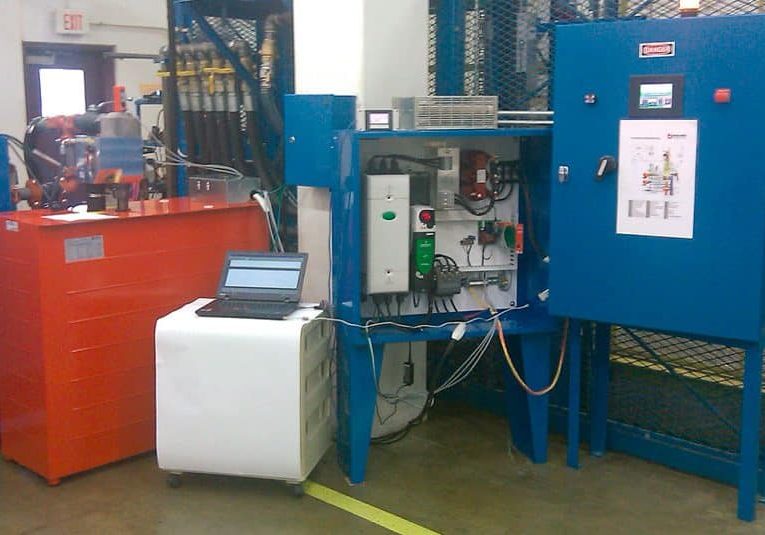A recent controversy started with a press release we received from a well-known consulting company and following e-mail that became relative to the information we published in the online news section of our website. The announcement indicated that an individual in our industry had recently been awarded the QEI certification and stated it as being an ASME QEI certification instead of it being one issued by the specific certifying agency through which the certifying exam was taken. This news item brought up an important issue I feel is worth considering this month. Following is the comment we received.
“A recently noticed article on today’s latest news stated that a vertical-transportation designer recently passed the American Society of Mechanical Engineers (ASME) QEI test. There is no such test. Most likely, the test was given by one of the accredited agencies such as NAESA International, etc. If this is what you received, as I suspect, it is in violation of the ASME QEI-1 standard. ASME does not certify QEI inspectors or inspector supervisors.”
While the above comment is in fact correct, let’s also consider the following and why the certification and exam were specified the way they were. I have not found this to be uncommon in our industry.
Many people make this mistake, some unintentionally, and others with a definite purpose in mind. I suspect this has much to do with some of the controversy that frequently occur when a new certifying agency applies for approval or tries to get on the QEI committee. Because of this, many of those who are QEI certified want it to be known that all of the QEI programs are viewed by ASME as being equivalent. This is very important, as it is the ASME sanctioning that has made the QEI program the success it has become and in fact why it is accepted (and, in some cases, required by AHJs). To a QEI inspector and, more importantly, the government agencies and jurisdictional authorities, it is the ASME sanctioning of the QEI that really is important, not from which agency the QEI credential was obtained.
As the QEI credentialing process is under the purview of ASME, I can see why those who have it may want to emphasize that their QEI Certification credential is the same as all others regardless of which agency issued it. While it may not be precisely correct to refer to the certification as ASME QEI (and, as was brought to our attention, in violation of the present ASME QEI standard), I suspect the tendency for companies and inspectors to do this stems from the fact that the reason the credential has true meaning and is accepted in all jurisdictions is because it is an ASME sanctioned and administered credentialing process and not one that is under the purview of a specific industry association, trade union or private company. Many agree that the growth and success of the QEI program is due to ASME’s backing and that before this, it was slow going for the program.
Another example of this is the International Association of Elevator Consultants Certified Elevator Consultant (CEC) program, the award from which has only been is-sued to seven people. Without ASME and/or American National Standards Institute (ANSI) recognition (or possibly a requirement that the CEC be obtained for some form of consultant’s licensing), it is not likely to expand much further. This is because it is only sanctioned and administered by an industry association – in this case, IAEC. It also explains the significant effort and expense that NAEC has put into getting the Certified Elevator Technician (CET®) and Certified Accessibility and Private Residence Lift Technician (CAT®) programs approved by ANSI, which is imminent.
The QEI program is so successful and widespread because it is an ASME sanctioned and administered program. This is also why it is required in some jurisdictions to obtain an elevator inspector’s license. The ASME sanctioning is of a vital importance; therefore, QEI inspectors like to emphasize it whenever they can. This is more important to the inspectors and jurisdictional authorities in which they work than which agency issued it.
We published the press release in question from the QEI inspector’s company verbatim, and if it was stated incorrectly, it was either the company’s mistake or intention. Therefore, in response to the complaint that we received, I suggested the subject be taken up directly with those who may be specifying their QEI certification incorrectly. And, for the reasons I have mentioned, also suggested the ASME QEI Committee take another look at this as well.
As this is a very important topic, please feel free to send me your comments on this issue.
Get more of Elevator World. Sign up for our free e-newsletter.









